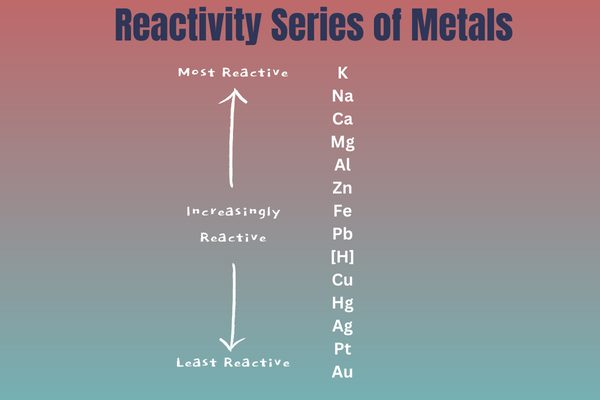King Tutankhamun, popularly known as King Tut, was one of the most famous pharaohs of ancient Egypt. He ascended the throne at a young age and ruled during the 18th dynasty of Egypt’s New Kingdom. Despite his short reign, King Tut became a legend when his nearly intact tomb was discovered by Howard Carter in 1922. This discovery provided remarkable insights into ancient Egyptian civilization and its burial practices.
However, while King Tut’s tomb was a treasure trove of artifacts, his mummy raised more questions than answers. The mysterious circumstances surrounding his death at around 19 years old puzzled historians, archaeologists, and scientists for decades. To unravel these mysteries, his mummy underwent a CT scan in 2005—an unprecedented event in the study of Egyptology.
But why did King Tut’s mummy have to undergo a CT scan? What questions were the scientists trying to answer, and how did modern technology help in solving the puzzles surrounding his death and burial? Let’s explore the reasons behind this historic medical examination and its significance in the study of ancient history.
1. To Determine the Cause of King Tut’s Death
One of the main reasons for performing a CT scan on King Tut’s mummy was to determine the cause of his sudden death.
- King Tutankhamun died mysteriously at a young age, and there were various theories regarding the cause of his death.
- Some historians believed that he was murdered, possibly by a blow to the head, while others suggested he died due to an accident, illness, or genetic disorder.
- Earlier X-rays in 1968 showed a bone fragment in his skull, which sparked speculation that he might have been assassinated.
- The CT scan was expected to provide a clearer picture of his skeletal structure, skull, and internal organs, helping experts to confirm or refute these theories.
The CT scan thus aimed to solve a 3,300-year-old mystery, offering clues to King Tut’s untimely death.
2. To Examine the Condition of the Mummy Without Damage
Traditional examination methods, like unwrapping mummies, were destructive and often damaged the remains.
- CT (Computed Tomography) scanning allowed for a non-invasive, detailed examination of King Tut’s mummy without physically disturbing it.
- The scan provided 3D images of the mummy’s internal structure, including bones, tissues, and organs, offering comprehensive insights without causing harm.
- The non-destructive nature of the CT scan made it the perfect tool for studying such a precious archaeological find.
This approach was a significant advancement in the preservation and study of ancient remains.
3. To Investigate Burial Practices and Mummification Techniques
King Tut’s burial was considered unusual compared to other royal burials of his time.
- The CT scan helped archaeologists study the mummification techniques used, including how the body was embalmed, wrapped, and positioned.
- Interestingly, it was discovered that Tutankhamun’s mummy was burned due to a botched embalming process, possibly caused by the application of oils at high temperatures.
- The scan provided evidence of the careless handling of the pharaoh’s body, which raised questions about the circumstances of his death and hurried burial.
These findings shed new light on the cultural and religious practices of ancient Egypt during King Tut’s time.
4. To Assess Possible Physical Disabilities and Health Issues
Genetic analysis and CT scan results revealed that King Tut might have suffered from health issues that affected his mobility.
- The CT scan showed that he had a club foot, which would have made it difficult for him to walk without assistance.
- The presence of walking sticks in his tomb, initially believed to be ceremonial, might have actually been used for support.
- Additionally, there were signs of a broken leg, which may have become infected, contributing to his early death.
- The CT images also provided evidence of malaria infection and bone disease, supporting the theory that multiple health complications might have led to his demise.
These discoveries helped reconstruct King Tut’s life, revealing that the boy king might have been frail and sickly, contrary to the image of a mighty pharaoh.
5. To Clarify Speculations About Assassination
One of the long-standing theories about King Tut’s death was that he had been murdered.
- The bone fragment in the skull, discovered during 1968 X-rays, was initially interpreted as a sign of a fatal injury.
- However, the CT scan provided high-resolution images showing that the skull fracture likely occurred after death, possibly during the mummification process.
- This refuted the assassination theory, leading researchers to explore alternative explanations, such as accidental injury, infection, or genetic disorders.
Thus, the CT scan played a crucial role in debunking the murder theory and redirecting scientific inquiry towards more credible causes of death.
6. To Preserve King Tut’s Legacy Through Modern Science
King Tutankhamun’s legacy extends far beyond his short reign; his tomb’s discovery transformed Egyptology.
- The CT scan project was not just about solving a mystery—it was also about using modern science to honor and preserve the pharaoh’s legacy.
- The detailed data collected from the scan allowed scientists to create 3D reconstructions of King Tut’s appearance, providing the world with a glimpse of the boy king’s face for the first time in 3,300 years.
- These efforts made King Tut more real and relatable, turning him into a symbol of ancient Egyptian heritage that continues to captivate the world.
Conclusion
King Tut’s mummy underwent a CT scan for several key reasons:
- To determine the cause of his mysterious death.
- To conduct a non-invasive examination without damaging the mummy.
- To understand the mummification techniques and burial practices used.
- To assess possible physical disabilities and health conditions.
- To disprove theories of assassination with scientific evidence.
- To use modern technology to preserve and honor King Tut’s legacy.
The CT scan of King Tut’s mummy marked a remarkable fusion of ancient history and modern science, offering unprecedented insights into the life, health, and death of one of the most iconic figures in world history. By blending archaeology with technology, scientists were able to solve age-old mysteries and bring King Tut’s story to life for future generations.

Rahul Kumar is a passionate educator, writer, and subject matter expert in the field of education and professional development. As an author on CoursesXpert, Rahul Kumar’s articles cover a wide range of topics, from various courses, educational and career guidance.



